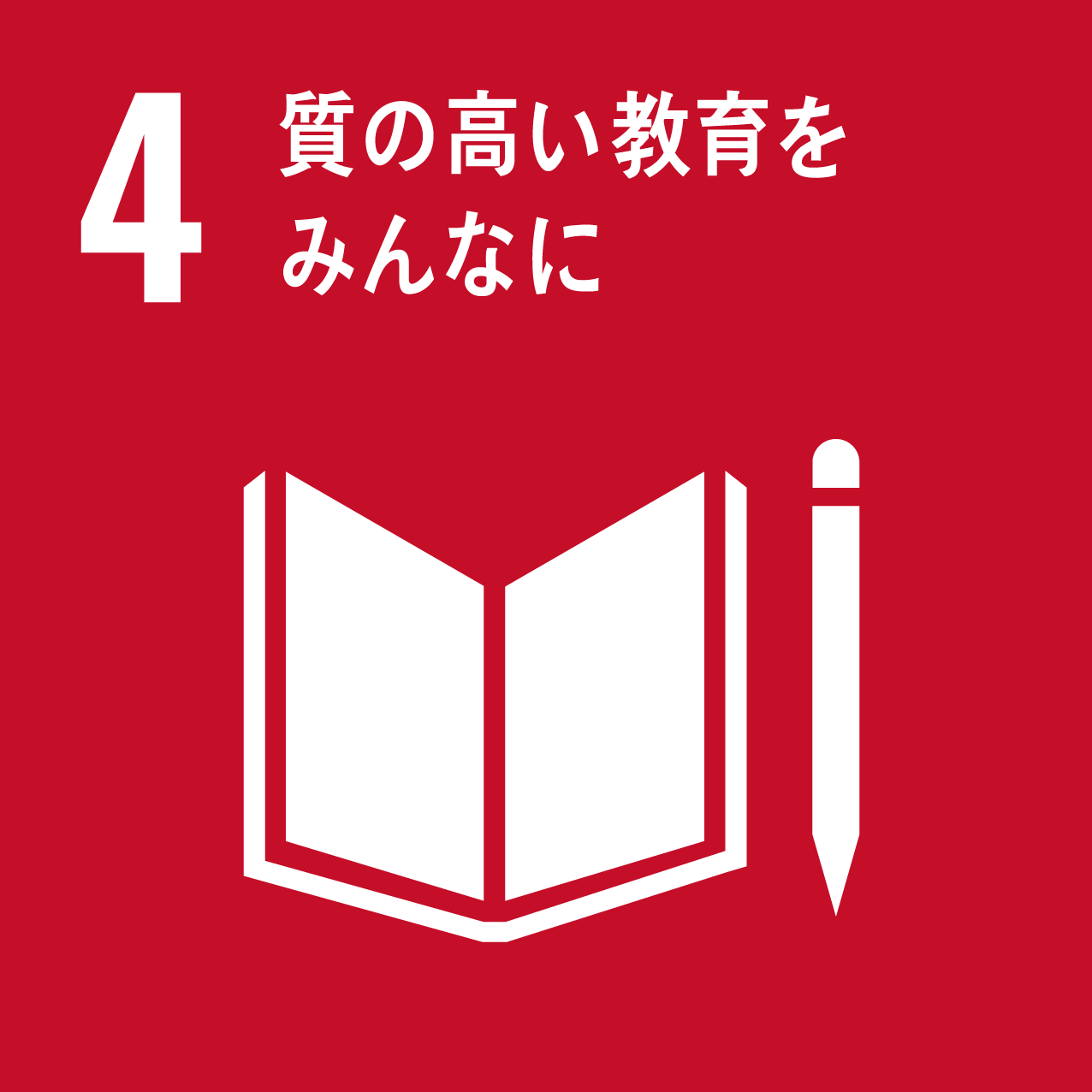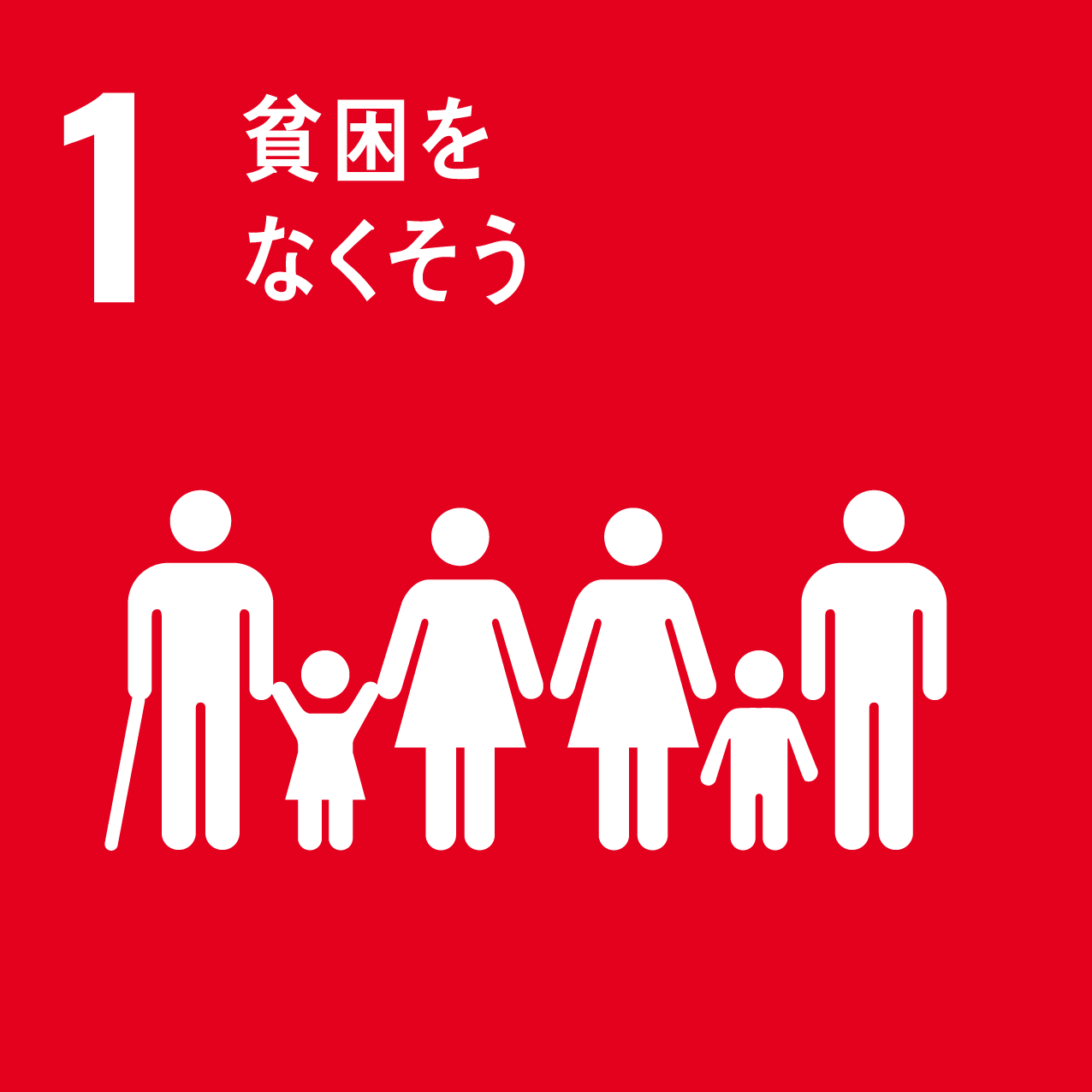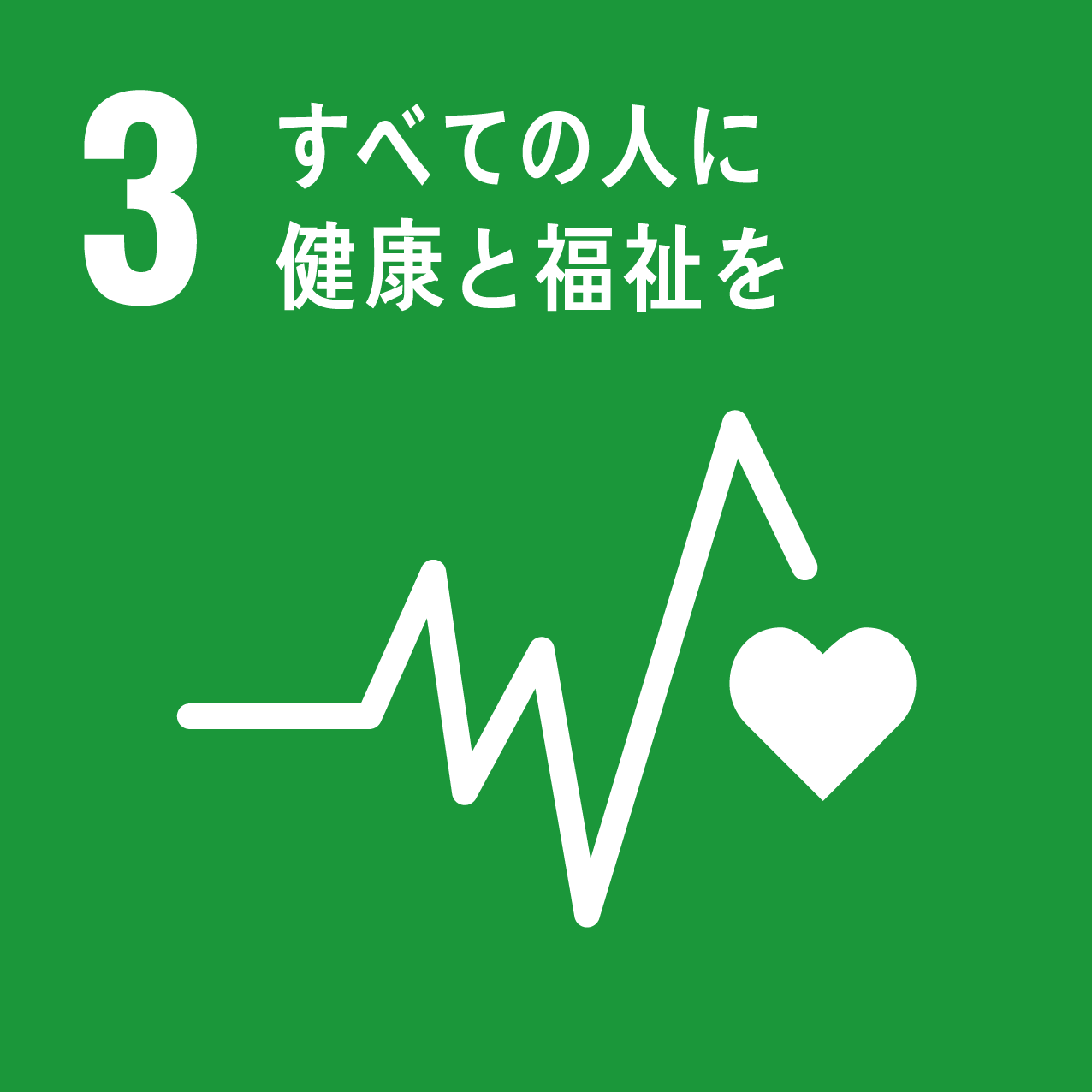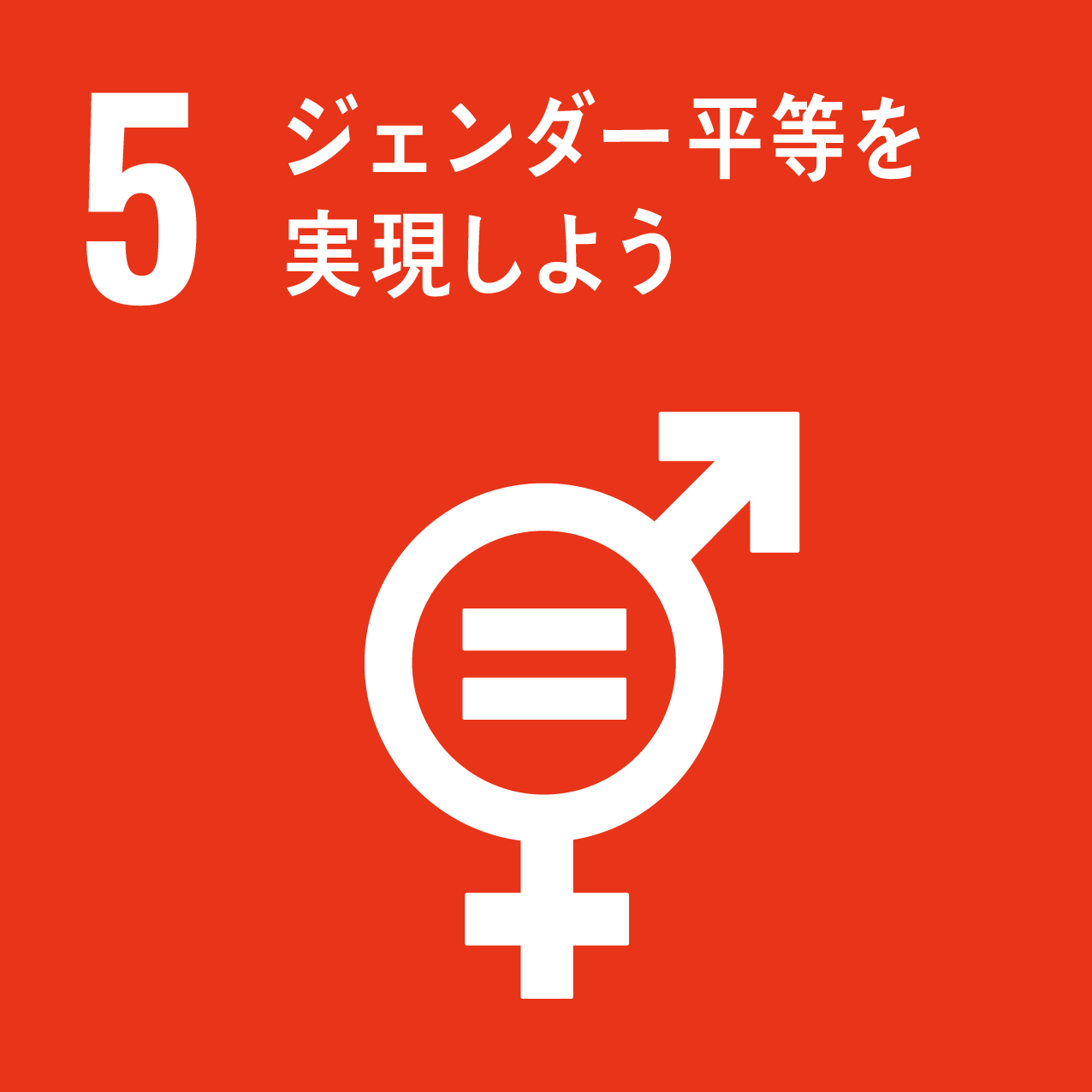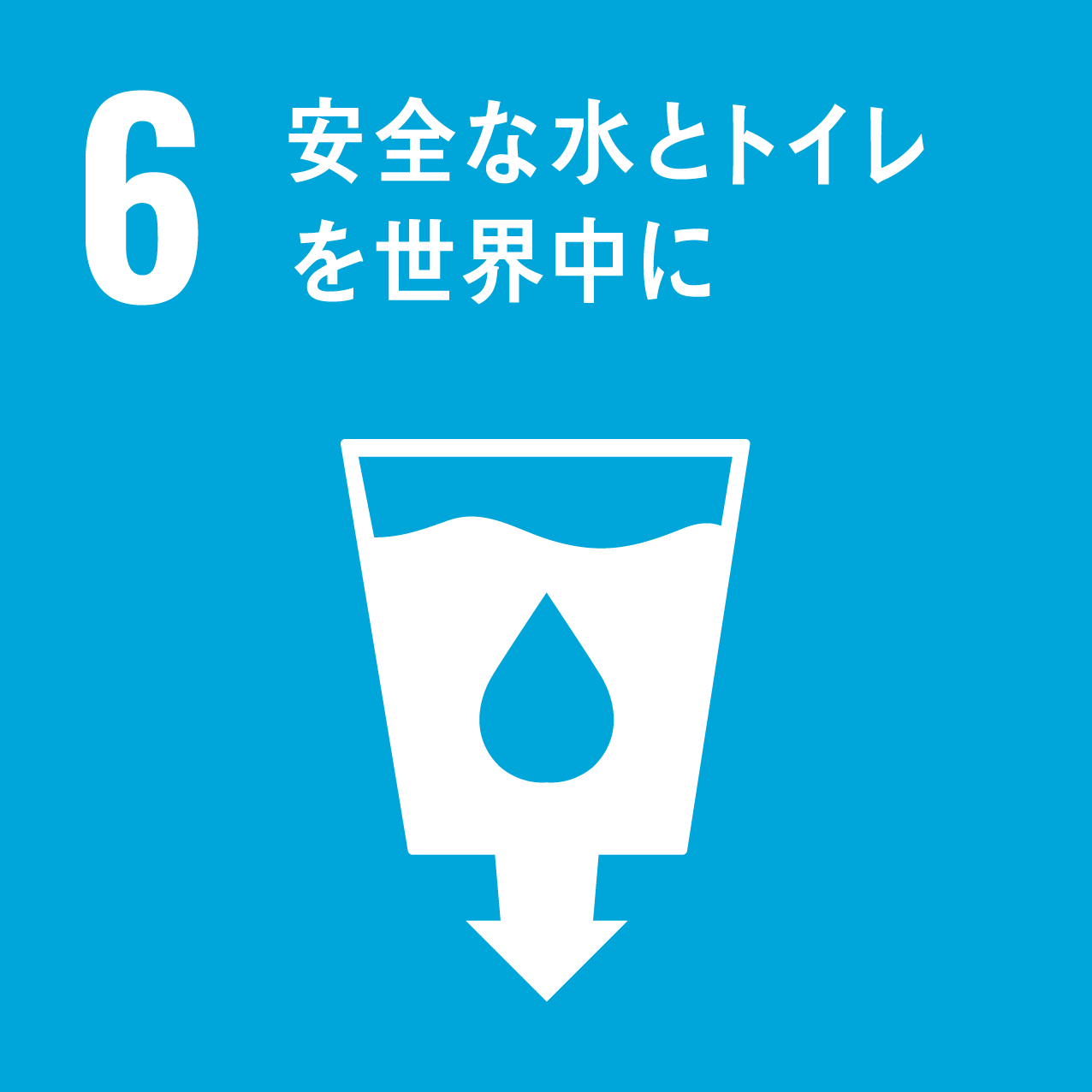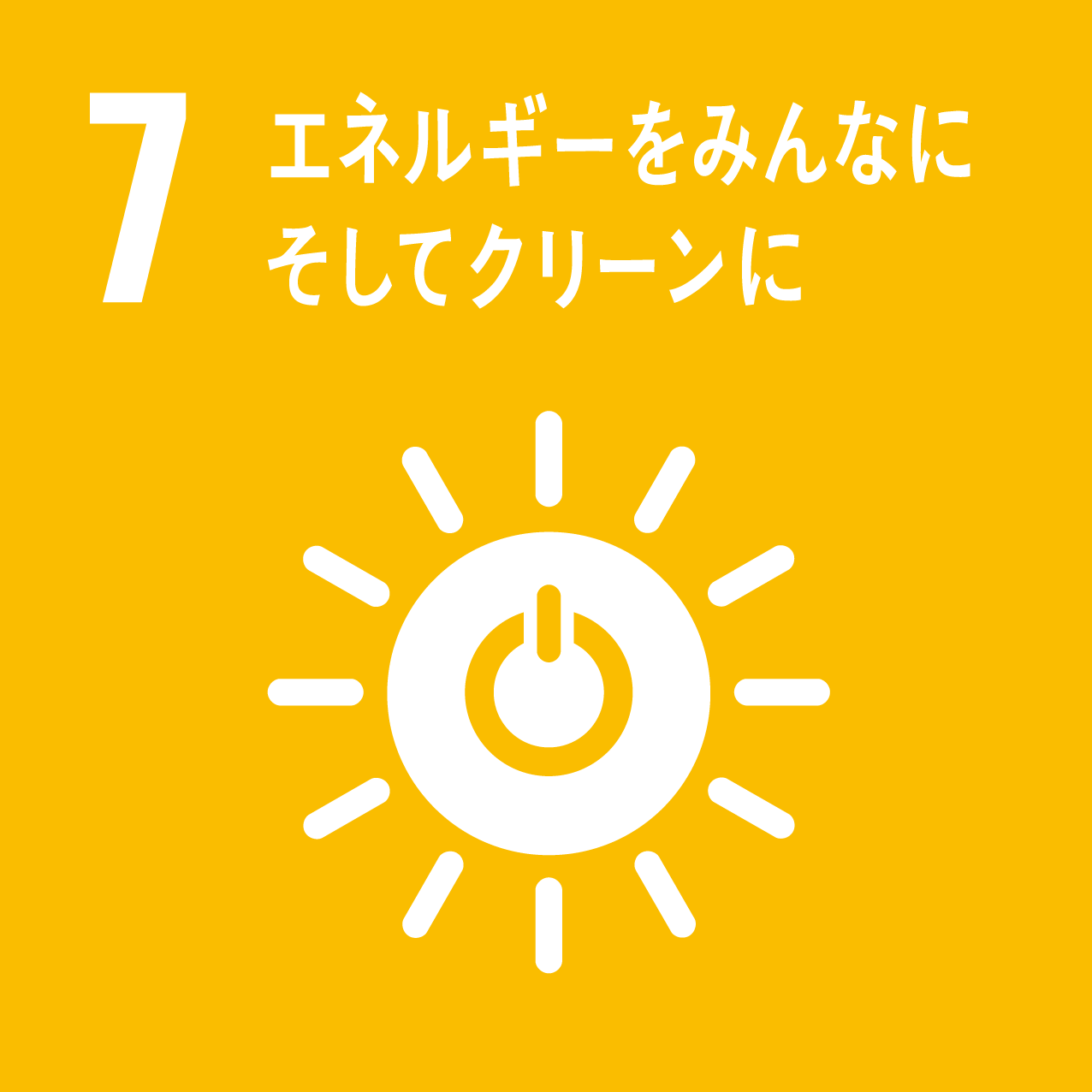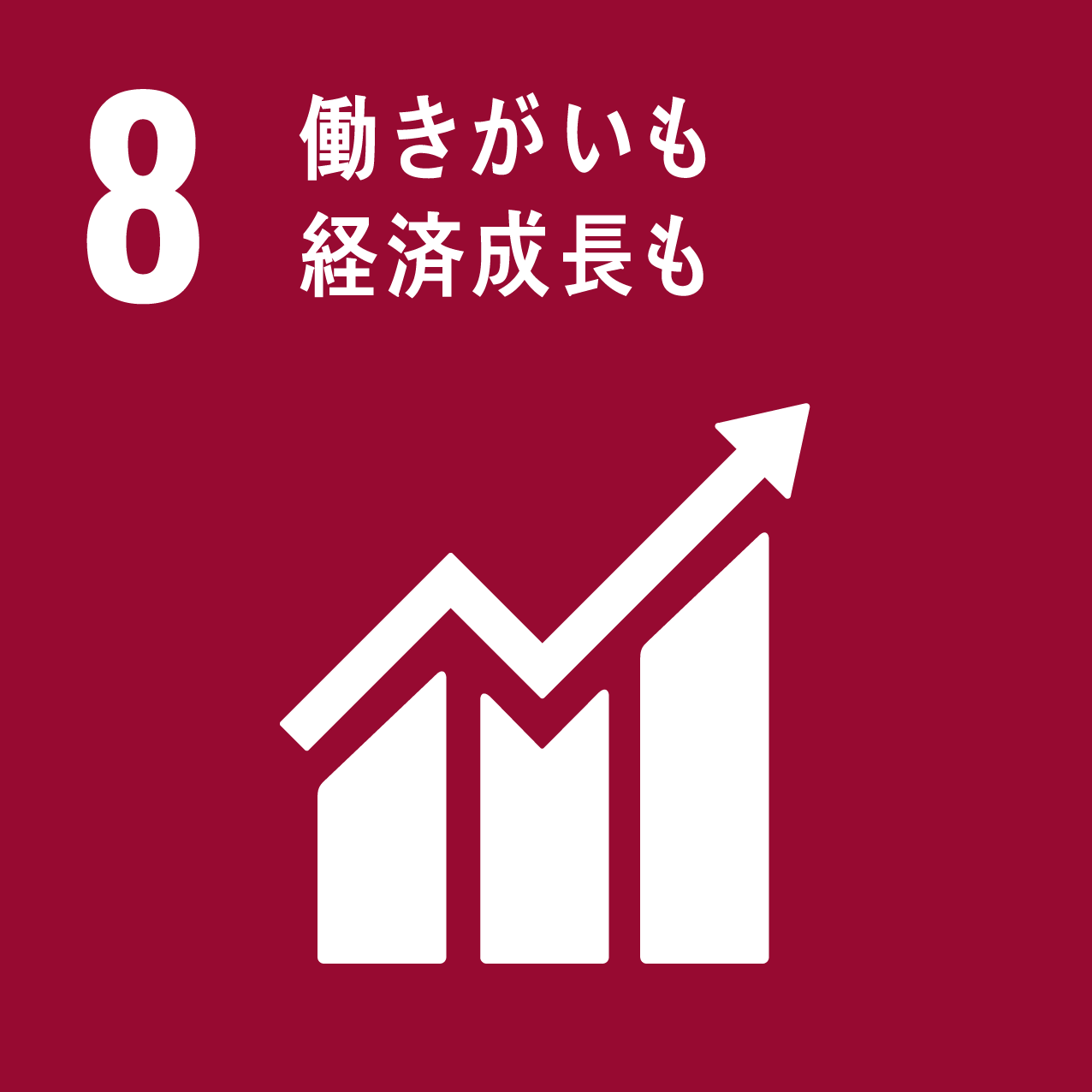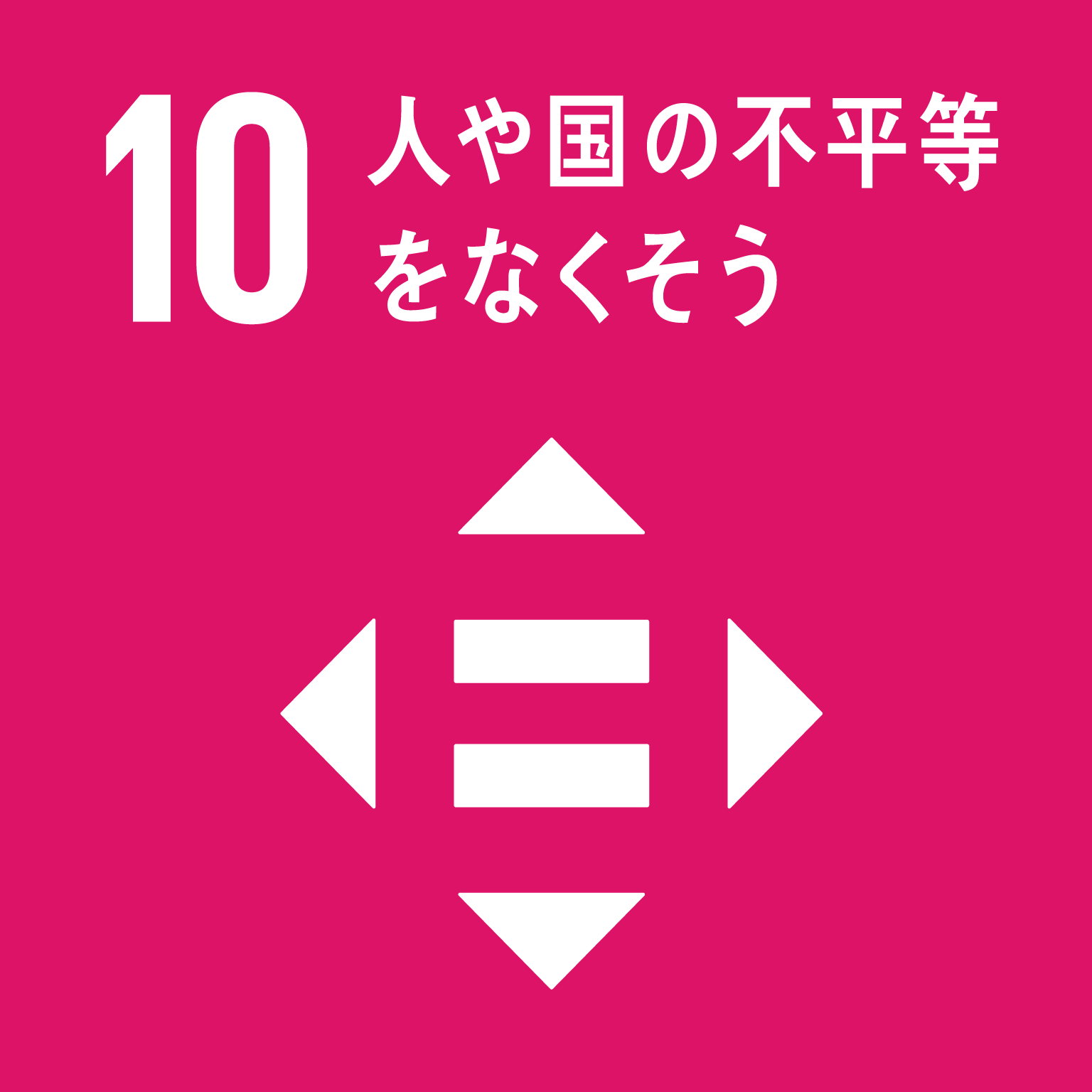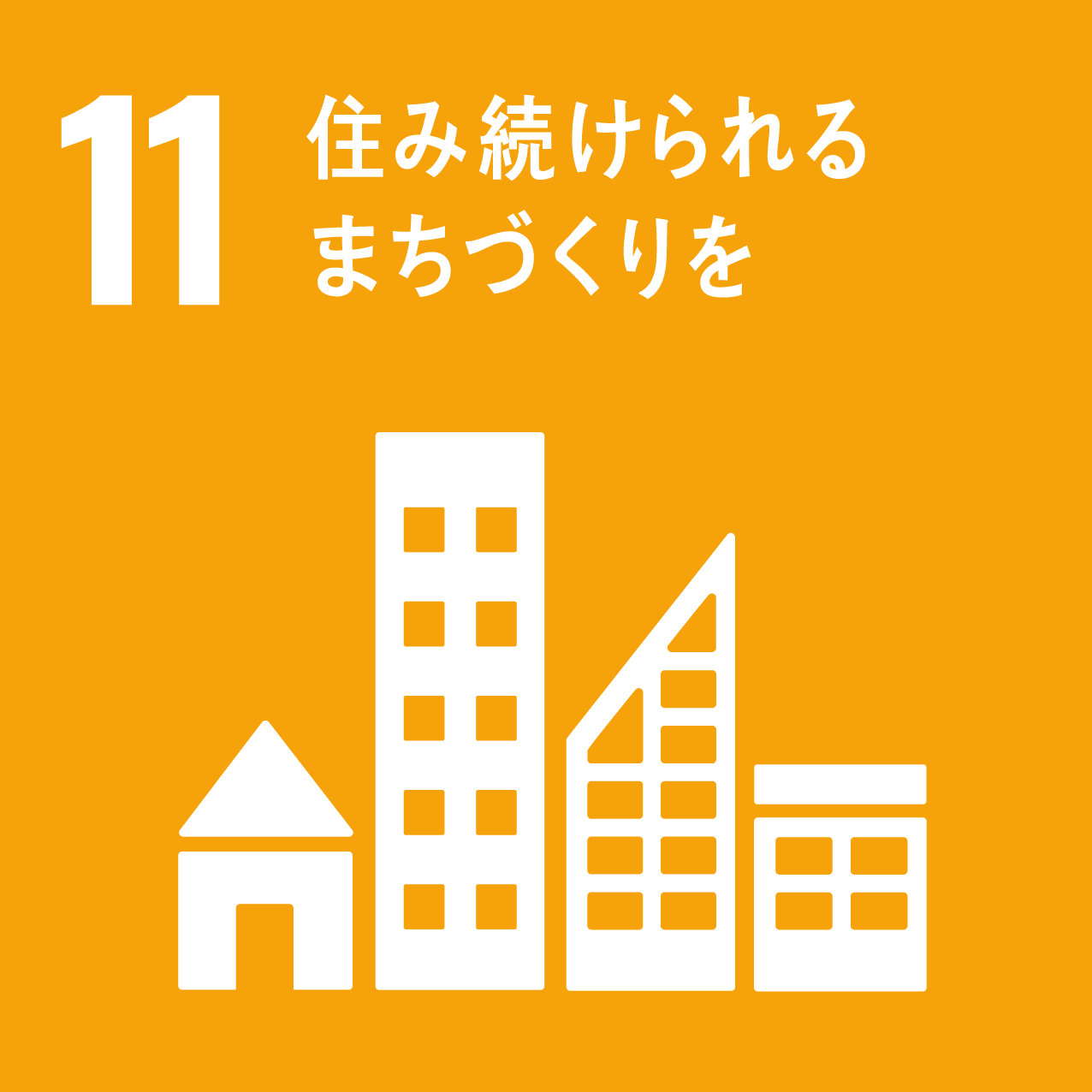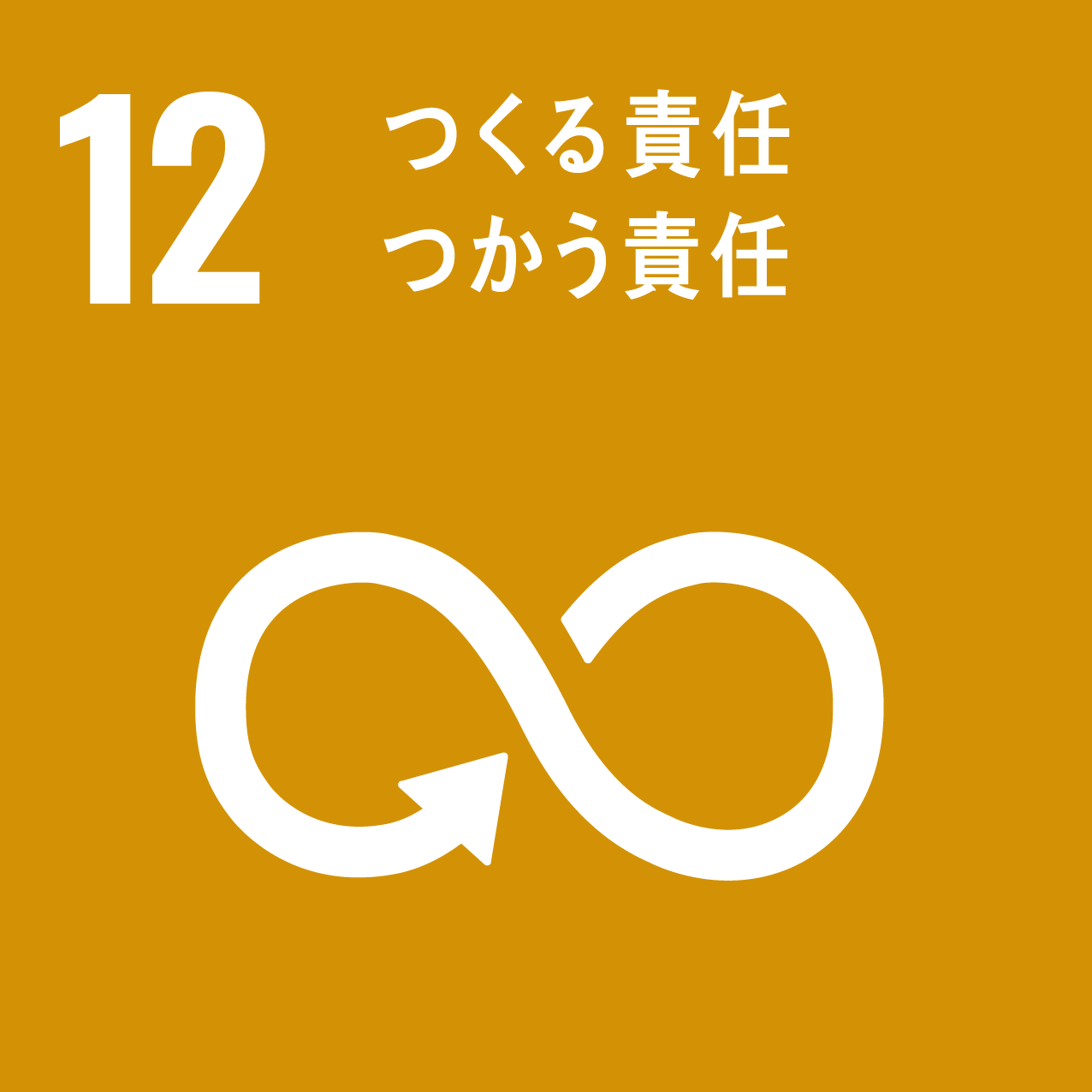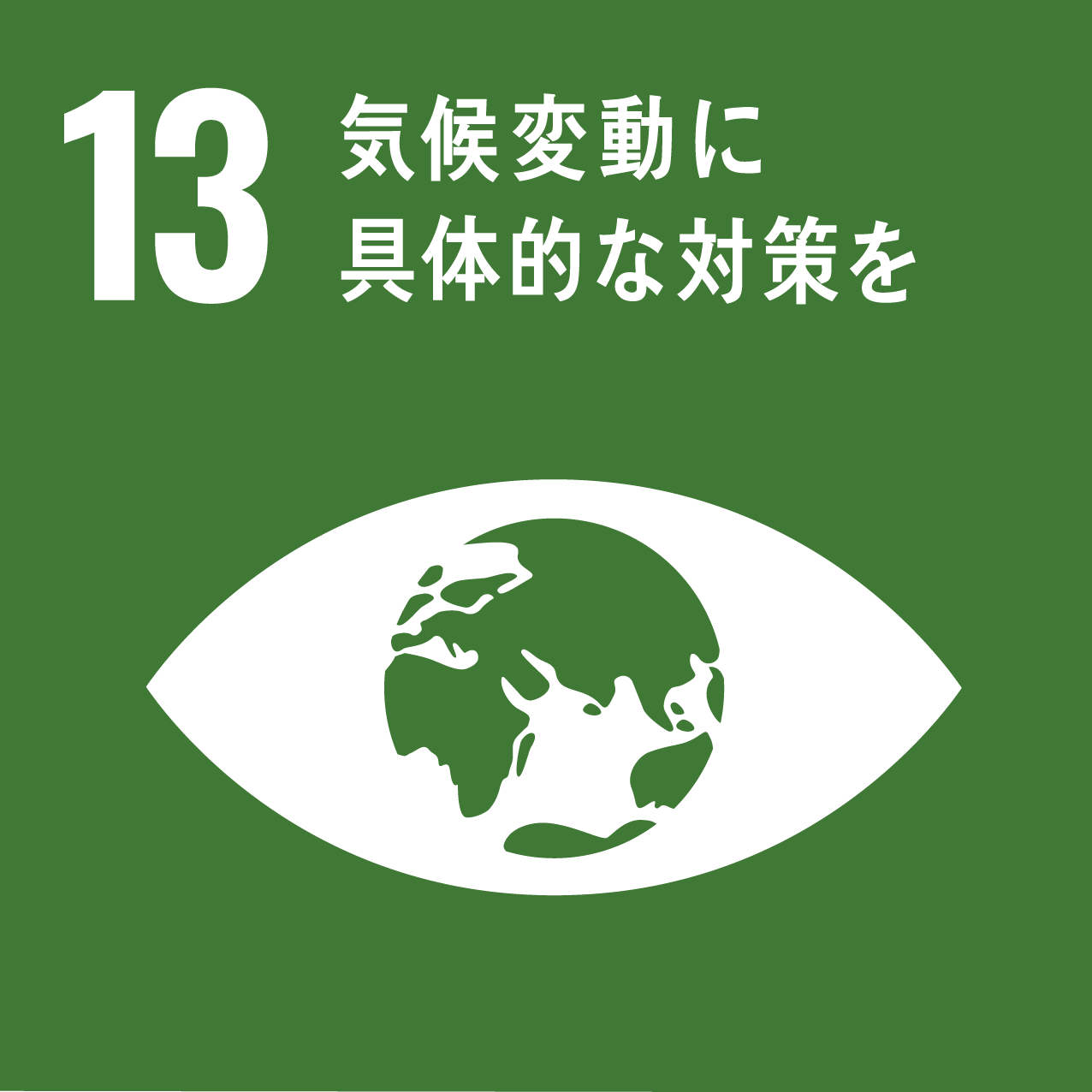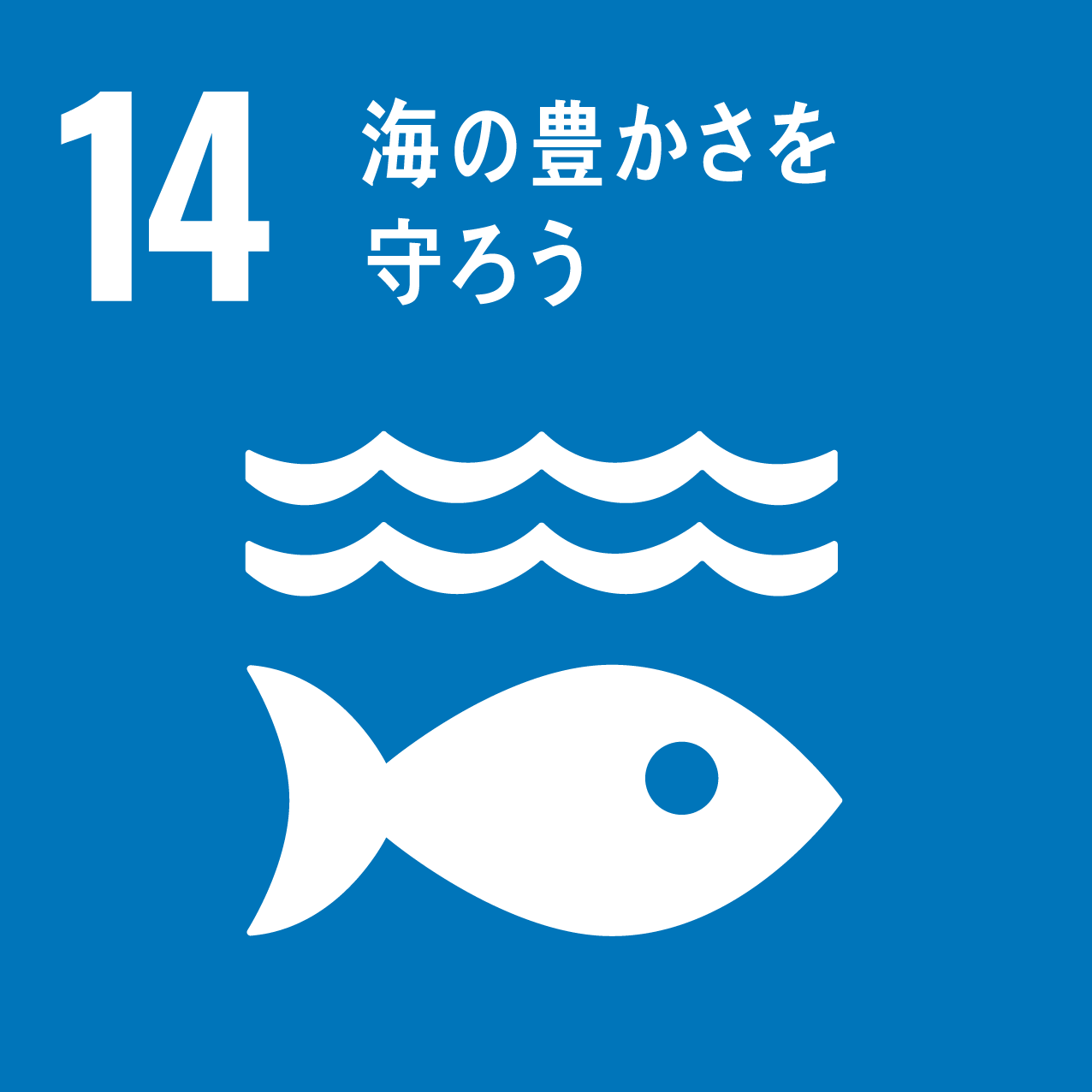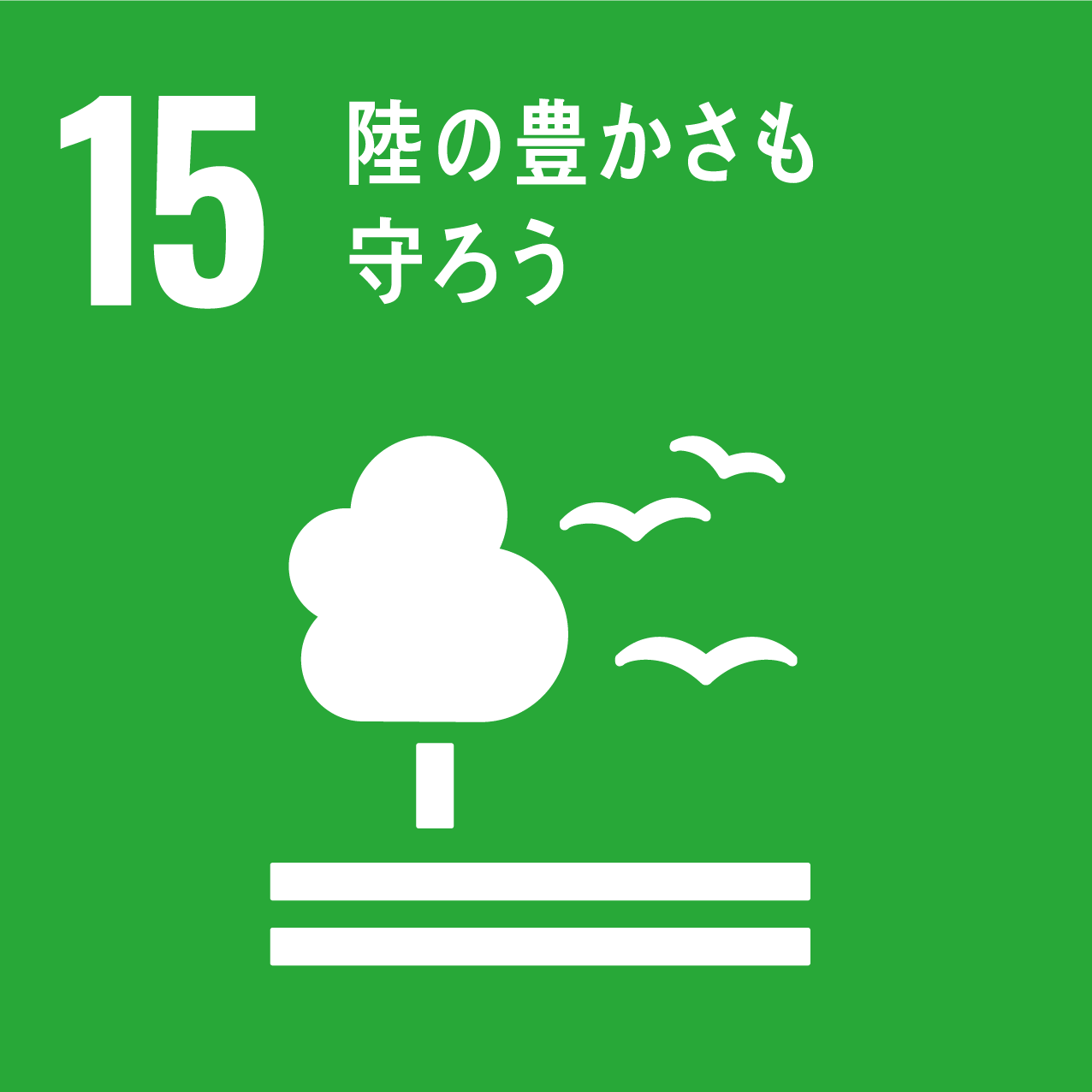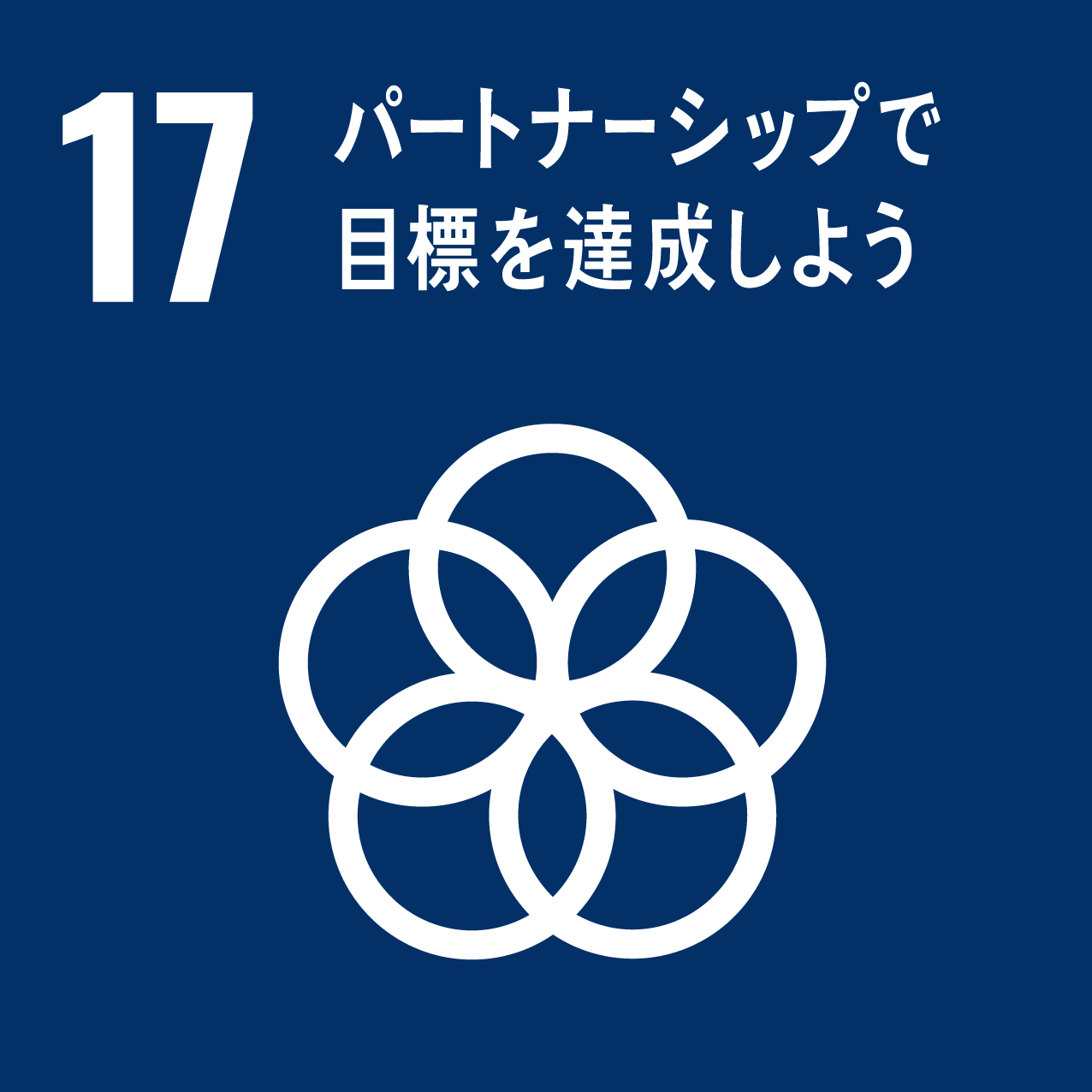※2017年、2018年は12歳以上
※詳細集計「SNSによる写真、動画、意見の投稿や閲覧ができる」の値については 2023年から追加している。
<正誤情報>
2024年1月 2017年の全体の数値、2018年の「プログラミング言語を使用してコンピュータプログラムを作成できる」の男性の数値、2020年の「パソコンと他の機器(スマートフォン、タブレットなど)との間でデータのやり取りをすることができる」の女性の数値、2021年の「写真や文書などを添付して電子メールを送ることができる」の女性の数値を修正
*In 2017 and 2018, 12 years and older
*For disaggregation "Posting and viewing photos, videos, and opinions via SNS", data has been added from the year 2023.
<Erratum>
January 2024: Corrected the total data for 2017, the data for male under "Writing a computer program using a specialized programming language" for 2018, the data for female under "Transferring files between a computer and
other devices" for 2020, and the data for female under "Sending e-mails with attached files (e.g. document, picture, video)" for 2021.



